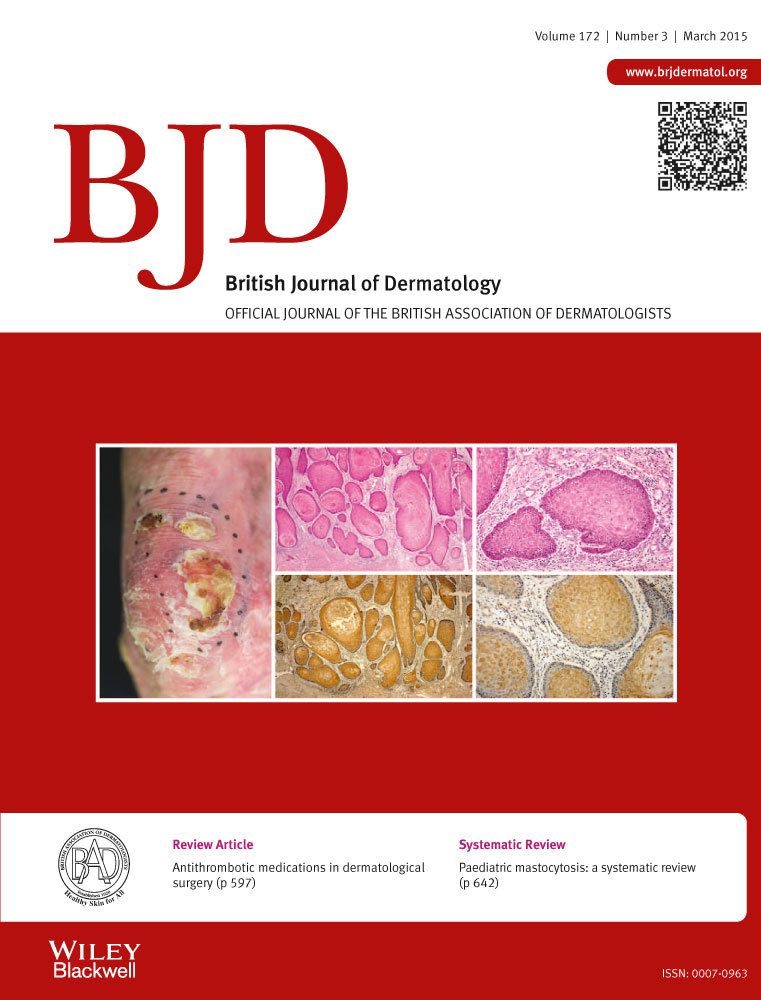Three difficult cases: the challenge of autoimmunity, immunodeficiency and recurrent infections in patients with Good syndrome
Summary
Good syndrome (GS) is a rare, adult-acquired primary combined immunodeficiency syndrome arising in the context of previous or current thymoma. Patients with GS frequently develop recurrent sinopulmonary infections and are also at high risk of autoimmune manifestations, including skin conditions such as lichen planus. We report three middle-aged patients with GS complicated by multiple autoimmune and infectious manifestations. The combination of immunodeficiency, autoimmunity and recurrent infections seen in patients with GS continues to present a management challenge, particularly in patients with oral mucosal disease and recurrent candidiasis. Clinicians should be prompted to investigate an underlying immunodeficiency in patients with multiple autoimmune conditions and recurrent sinopulmonary infections.




